Caring for a furry friend is a rewarding experience, but it comes with its share of responsibilities, especially when accidents happen. If your dog has suffered an injury, knowing how to treat it at home can be crucial for their comfort and recovery. This comprehensive guide will walk you through the steps of dog wound care, from minor wounds to more serious injuries.
Key Takeaways:
- Understand the basics of treating minor wounds and when to seek veterinary care.
- Learn how to prepare and use a pet first aid kit effectively.
- Discover tips for promoting wound healing and preventing infection in injured dogs.
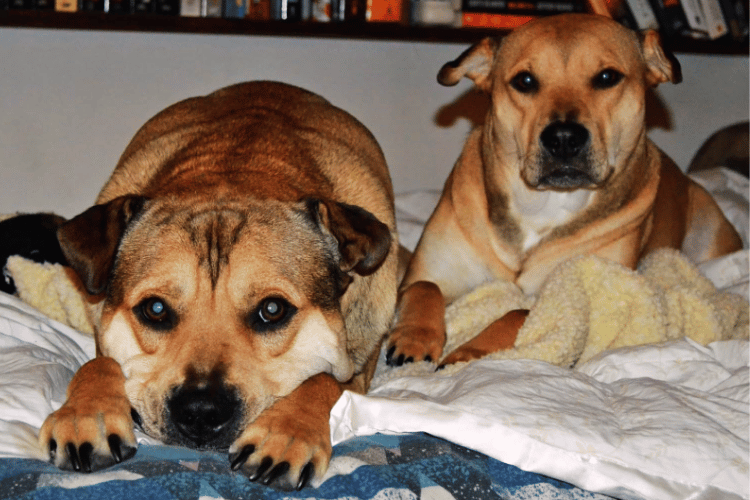
Assessing the Injury
Before you attempt to treat your dog's injury, it's important to assess the severity. For minor wounds, such as small cuts or scrapes, home treatment may be sufficient. However, for puncture wounds, open wounds, or if your dog is in severe pain, seek veterinary care immediately. Remember, your dog's body language can provide clues to the extent of their pain.
Preparing a Pet First Aid Kit
Every pet parent should have a pet first aid kit ready. This kit should include items like sterile gauze, antimicrobial ointment, antibiotic ointment, saline solution, and clean towels. Having these items on hand will enable you to act quickly and efficiently in the event of an injury.
Cleaning the Wound
The first step in dog wound care is to clean the wound and surrounding area. Use warm tap water or a saline solution to gently rinse away any dirt or debris. Avoid using hydrogen peroxide or rubbing alcohol, as these can damage the tissue and delay wound healing. Pat the area dry with a clean towel before applying any ointments.
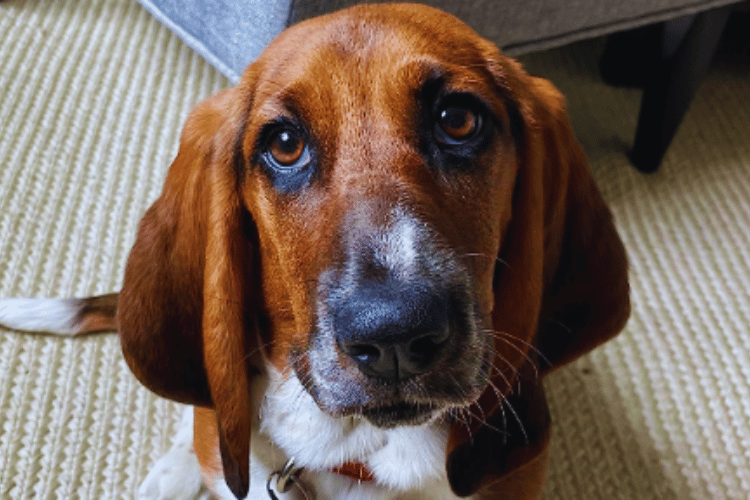
Stopping the Bleeding
If the wound is bleeding, your priority is to stop the bleeding. Apply pressure with a sterile gauze pad or a clean cloth. For most dogs, gentle pressure will be enough to stop bleeding. If the bleeding doesn't stop, or if the wound is on a highly vascular area like the dog's snout or leg, seek veterinary care immediately.
Applying Antibacterial Ointments
Once the wound is clean, applying an antibacterial ointment can help prevent infection. Choose an ointment that's safe for dogs, and apply a thin layer over the affected area. This will create a barrier against bacteria and help the wound heal properly.
Bandaging the Wound
For some injuries, such as those on a dog's leg or body, a bandage may be necessary to keep the area clean and protected. Ensure the bandage is not too tight, as this can cause further injury. Change the bandage daily and monitor the wound for signs of infection.
Recognizing Different Types of Wounds
When it comes to treating dog wounds, it's crucial to recognize the type of injury your furry friend has sustained. Acute injuries, such as bite wounds from other dogs, can be quite visible and may involve punctures or tears in the dog's skin. On the other hand, closed wounds might not break the skin but can cause damage to internal organs or result in severe bruising. Identifying whether your dog has an open wound or a closed injury is the first step in providing the right care. Look for signs of external bleeding or swelling to assess the severity of the dog's injury.
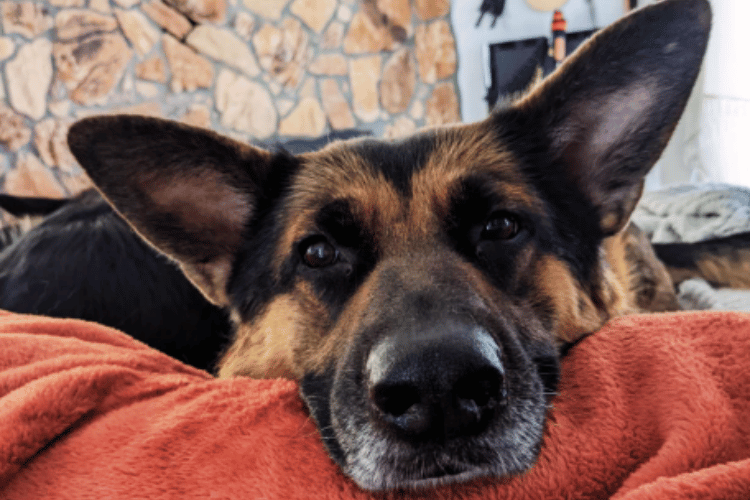
Injuries can also be caused by foreign material like thorns or glass becoming embedded in the dog's body. If you notice your pet is excessively licking a particular spot or is in discomfort, it's important to carefully check for foreign objects. Use electric clippers to gently trim the fur around the area for a better view. Remember, if the foreign material is deeply embedded or if the wound is on a sensitive area like the dog's face or snout, it's best to consult a veterinarian to avoid further harm.
Recognizing Signs of Shock in Injured Dogs
When treating a dog's injury, it's crucial to be aware of the signs of shock, which can be a life-threatening condition. Shock occurs when the dog's body isn't getting enough blood flow, and it can happen with any serious injury or trauma. Look for symptoms such as weak pulse, rapid heartbeat, shallow breathing, and a noticeable decrease in body temperature. The dog's gums may also appear pale or white, and they might seem unusually lethargic or anxious. Recognizing these signs early can be critical in stabilizing your pet's condition before getting to a veterinarian.
If you suspect your dog is in shock, keep them warm and calm while you seek immediate veterinary care. Do not give them food or water, as it may cause vomiting or other complications. Elevate their hindquarters slightly, as this can help with blood flow to the heart and brain. Remember, while you can manage minor injuries at home, shock is a serious condition that requires professional medical attention to ensure your dog's life isn't at risk.
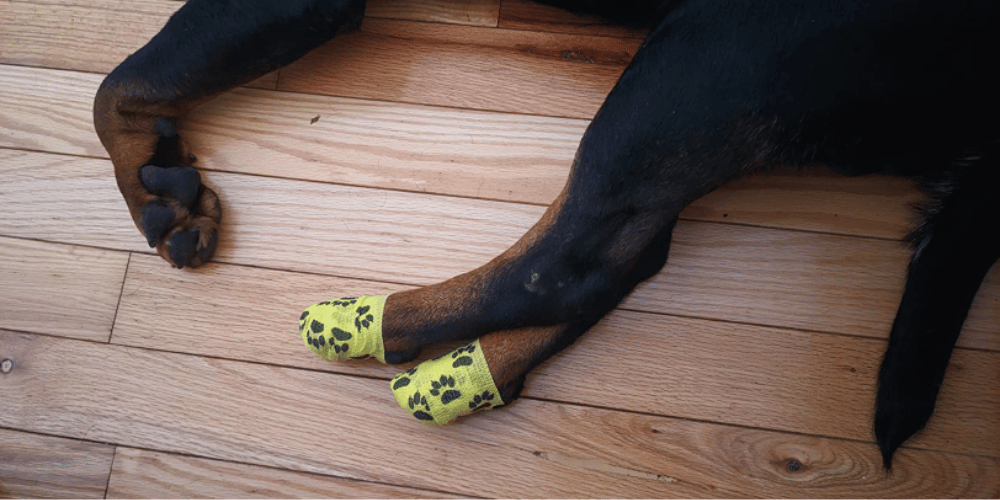
Managing a Dog's Hurt Leg
A hurt leg is a common dog's injury that pet parents may encounter. If your dog is limping, refusing to put weight on a leg, or is vocalizing pain, it's important to treat the injury with care. Start by gently examining the leg to assess the extent of the injury. Look for signs of a bite wound, closed wound, or other injuries that may not be immediately visible. Swelling or tenderness to the touch can indicate a sprain or fracture. It's essential to handle the leg delicately to avoid causing further pain or damage.
To treat a dog's hurt leg, first, restrict their movement to prevent additional strain. You can create a makeshift sling for support if the dog allows it, but avoid using it as a long-term solution. Applying a cold compress can help reduces swelling and provide relief. However, if the leg appears deformed, is bleeding, or the dog is in severe pain, it's best to visit a veterinarian immediately. They can properly diagnose the injury, possibly with an X-ray, and recommend the appropriate treatment, which may include medication, splinting, or surgery.
Managing Injuries from Other Animals
Dog injuries resulting from encounters with other animals can be particularly challenging. Bite wounds, for example, carry the risk of infection due to bacteria from the other animal's mouth. If your dog has been bitten, first ensure that the situation is safe and that no other dogs or animals can cause further harm. After that, use warm water and an antiseptic solution to clean the area thoroughly. This helps to remove any bacteria and foreign material that may have been transferred during the incident.
It's also important to monitor the wound for signs of infection, such as redness, swelling, or discharge. In the case of bite wounds, there's also the risk of diseases being transmitted, so it's crucial to keep an eye on your dog's overall health and behavior following the injury. If you notice any changes or if the wound does not improve, seek veterinary care promptly. In the meantime, prevent your dog from licking or chewing the injury by using an Elizabethan collar or protective clothing, as this can introduce more bacteria and delay healing.
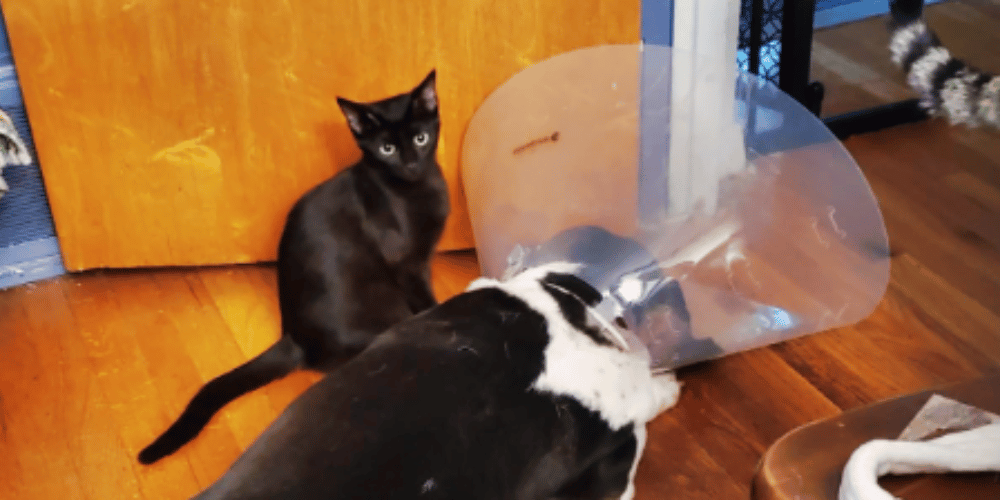
Monitoring for Infection
After treating dog wounds, it's crucial to monitor the injured area for signs of infection. These can include increased redness, swelling, heat, or discharge. If you notice any of these signs, or if the wound does not seem to be healing properly, seek veterinary care.
Relieving Pain and Swelling
To relieve pain and reduce swelling, a cold compress can be applied to the injured area. Wrap an ice pack in a towel and apply it to the wound for short periods. Never apply ice directly to your dog's skin, as this can cause frostbite.
Preventing Licking and Chewing
Dogs often lick or chew at their wounds, which can lead to further injury or infection. An Elizabethan collar, or "cone," can prevent your dog from reaching the wound while it heals. Ensure the collar fits properly and allows your dog to eat and drink comfortably.
Herbal Remedies and Supplements
Some pet parents opt for herbal remedies to promote wound healing and relieve joint pain. Always consult with your veterinarian before using any herbal treatments, as some can interact with medications or may not be suitable for your dog's specific condition.
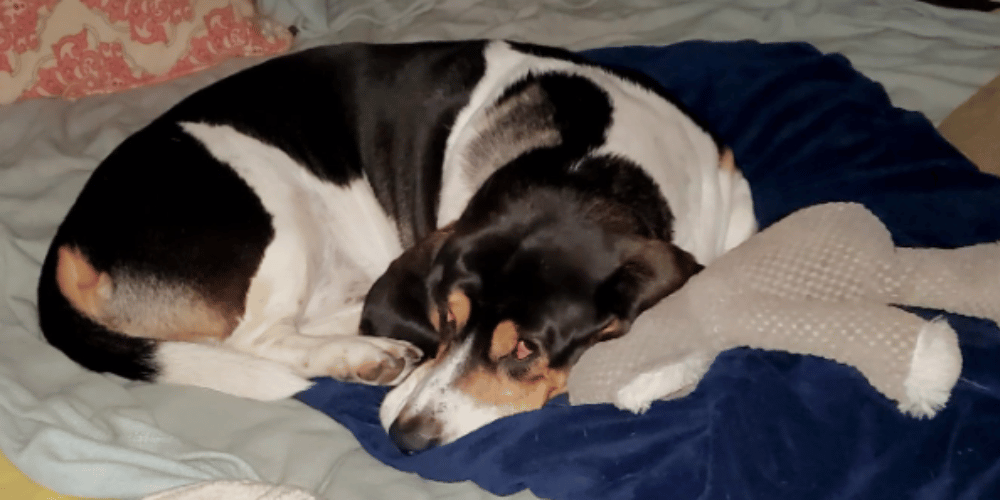
When to Seek Veterinary Care
It's important to know when home treatment isn't enough. If your dog has deep or infected wounds, surgical wounds, or if they're showing signs of distress, seek veterinary care. Your vet can clean the wound thoroughly, prescribe antibiotics, or perform surgical closure if necessary.
Nutrition for Healing
A balanced diet is essential for your dog's overall health and can aid in wound healing. Ensure your dog is getting the right amount of protein, vitamins, and minerals. In some cases, your vet may recommend supplements to support the healing process.
Keeping Your Dog Comfortable
While your dog recovers, make sure they have a comfortable place to rest. Keep them calm and limit their activity to prevent further injury. If your dog has an injured leg, avoid stairs and jumping, and consider using a harness to support their body weight when going outside.
Summary
Treating an injured dog at home requires patience, care, and the right knowledge. By assessing the injury, cleaning and protecting the wound, and monitoring for signs of infection, you can help your dog heal quickly and comfortably. Remember to keep a well-stocked pet first aid kit and know when to seek professional help. Your furry friend depends on you to make the best decisions for their health and well-being.
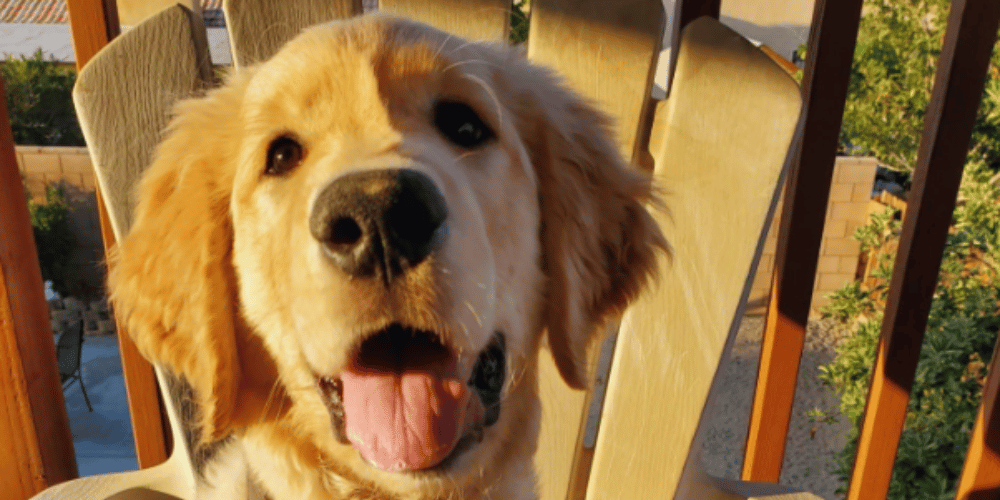
FAQ Section
Q: How can I tell if my dog's wound is infected? A: Signs of an infected wound include increased redness, swelling, heat, pus or discharge, and a foul odor. If the wound is not healing or if your dog seems lethargic or has a fever, these are also indicators of infection. In such cases, it's important to seek veterinary care.
Q: Can I use human medication for pain relief for my dog? A: No, you should never give your dog human medications unless specifically instructed by a veterinarian. Many human medications can be toxic to dogs. Your vet can prescribe appropriate pain relief medication for your pet's injury.
Q: How often should I change my dog's bandage? A: Bandages should be changed daily or as often as needed to keep the wound clean and dry. If the bandage gets wet or dirty, replace it immediately. Always check the wound for signs of healing or infection each time you change the bandage.
Thank you for visiting LegitLists we hope this helps you make a legitimate choice!






